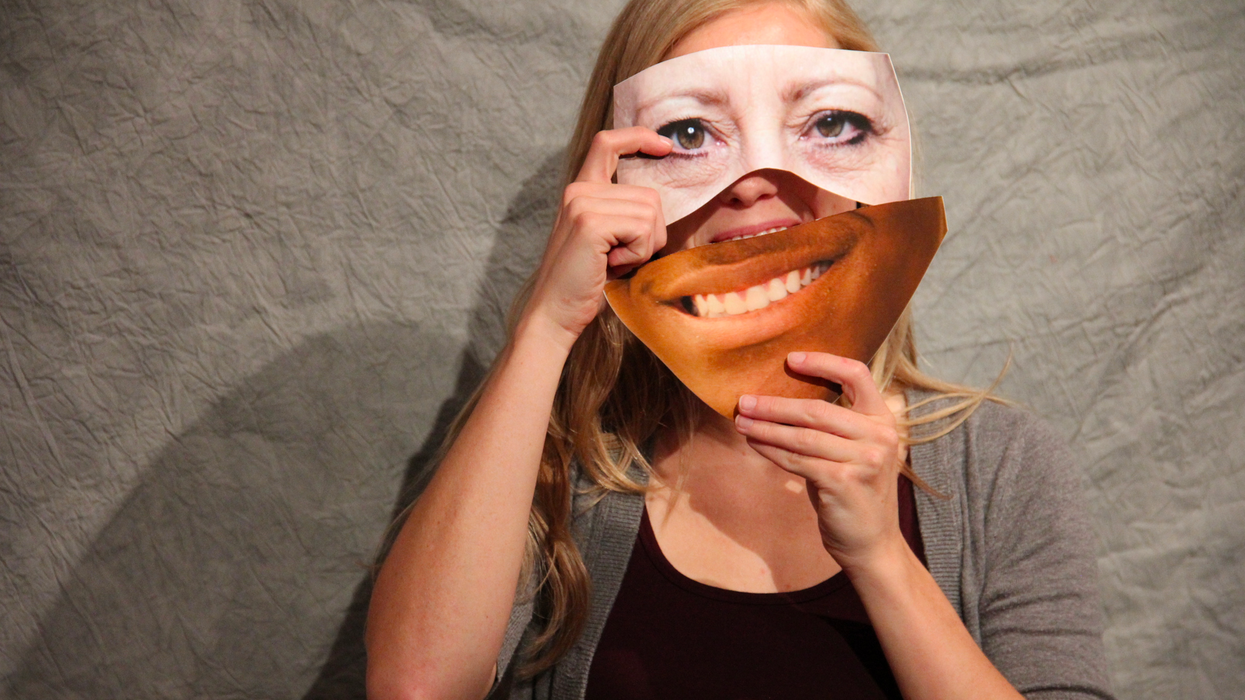Disturbing USC Study Reveals Just How Badly Hollywood Fails Women and Minorities
Just days before the Oscars, a new study casts a damning light upon a Hollywood in desperate need of a diverse facelift.

This morning, USC’s Annenberg School for Communication and Journalism released another in a series of eye-opening reports about the dismal state of diversity in film and television production. The Comprehensive Annenberg Report on Diversity in Entertainment(CARD) surveys the lack of representation of women and minorities on-screen and behind the camera in fictional films, TV shows, and digital series distributed by 10 major media companies (21st Century Fox, CBS, Comcast NBC Universal, Sony, The Walt Disney Company, Time Warner, Viacom, Amazon, Hulu, and Netflix).
Films distributed by independent distribution companies were excluded from the sample, which focused on theatrical releases from 2014 by the major studios or their subsidiaries. The 109 sample films, which included Inherent Vice, Birdman, and Edge of Tomorrow, also had to meet certain domestic box office requirements.
The study's summary states that "the film industry still functions as a straight, white boy’s club." This finding shouldn't be surprising to anyone working in the industry, but the numbers are staggering nonetheless.
“We have an inclusion crisis,” Stacy L. Smith, director of the Annenberg school’s Media, Diversity, & Social Change Initiative, and the study’s lead author, told NPR.
Key findings

- Across the 11,306 speaking characters evaluated, 66.5% were male and 33.5% were female
- Female characters fill only 28.7% of all speaking roles in film
- Film was less likely than broadcast or cable to show women 40 years of age or older
- There was a gender ratio of 5.6 males to every one female behind the camera in popular media
- There were 2.5 male screenwriters for every one female screenwriter
- Stories with a female director attached had 5.4% more girls/women on screen than those stories without female direction
- Females represent only 39.1% of executives across the media divisions of companies evaluated

- At least half or more of all cinematic, television, or streaming stories fail to portray one speaking or named Asian or Asian American on screen
- 28.3% of all speaking characters were from underrepresented racial/ethnic groups, which is below (-9.6%) the proportion in the U.S. population
- Underrepresented females 40 and over accounted for less than 2% of all speaking characters
- 87% of the directors were white; 13% were from underrepresented racial/ethnic groups.
- Only two of the 53 underrepresented directors in film and television/digital series were Black women
- All studio conglomerates fail with regard to inclusivity of girls and women (onscreen, no company earns more than a "Barely Inclusive" score)
- Hulu and Amazon performed strongly (65%) due to their inclusivity of women
- Percentage of on screen underrepresented characters increases 17.5% when an underrepresented director is at the helm of a scripted episode or film
Agents of change
The study eschews the idea that "checking a box" in terms of diversity will solve the problem. Instead, it advocates for specific and continued actions that film, television, and streaming companies can employ to combat explicit and implicit biases. Some of these include "target inclusion goals" that are made public to ensure accountability; recognizing and countering stereotypical thinking during the hiring process; and building "inclusive consideration lists" for onscreen characters that better represent the population of the United States (50% women and 38% people of color).
Industry insiders know better than anyone that lasting change must come from within. Just last week, Jessica Chastain launched an all-female production company. Ava DuVernay continues to be a voice of reason advocating for representation of women of color; her company, Array!, dedicates itself to the "amplification of indie films by people of color and women."
Below, we've highlighted a few organizations and resources that diverse filmmakers should keep on their radar, or where producers looking to hire diverse crews may be able to make connections:
- A3 Foundation (Asian American Artist Support)
- Alliance of Women Directors
- Center for Asian American Media
- Color Creative (Women and Minority TV Writers)
- Chicken & Egg Pictures
- Directors Guild of America (Diversity Initiatives)
- Film Fatales
- Frameline (LGBTQ Festival, Distribution, Grants)
- GameChanger Films
- Ghetto Film School
- National Association of Latino Independent Producers
- PGA Diversity
- Sundance Diversity Initiative
- Tribeca All Access
- Vision Maker Media (Native American Media Makers)
- Women Make Movies
- Writers Guild of America (List of Diversity Writing Programs, Conferences and Festivals)
We salute these and other organizations that have taken an active stance against #HollywoodSoWhite. Here's to a 2016 full of faces we recognize from the real world, both behind and in front of the camera.
Featured image via George A. Spiva Center for the Arts
Source: Annenberg School for Communication and Journalism














